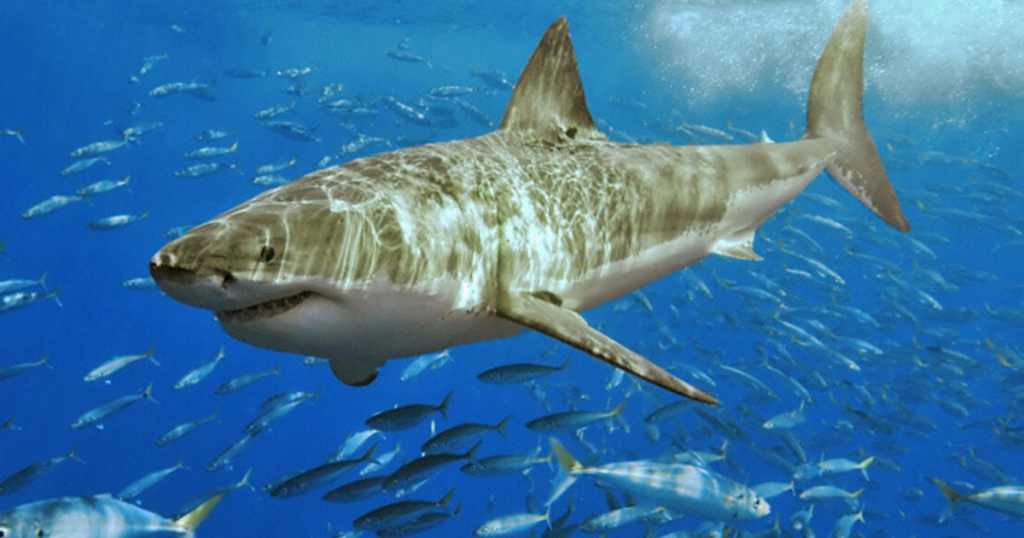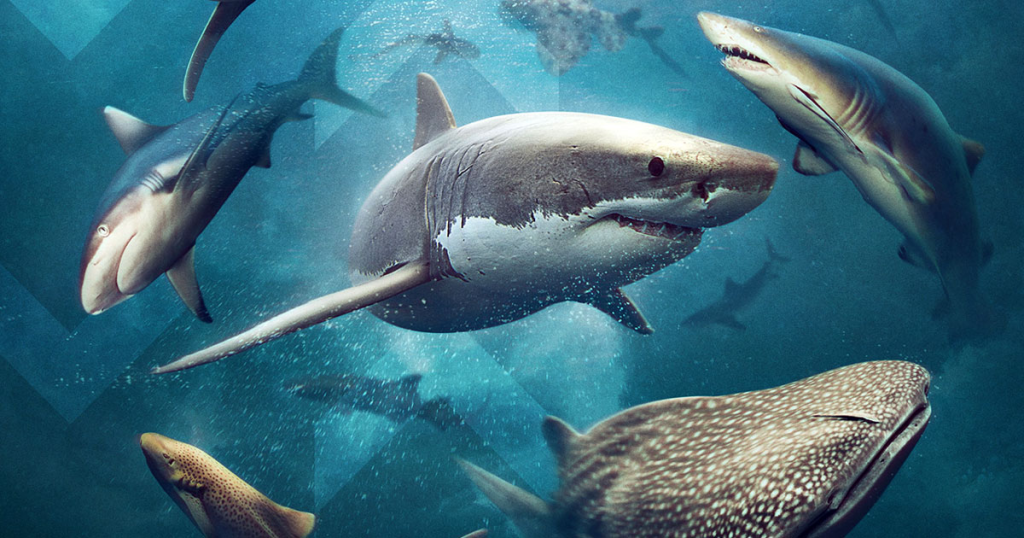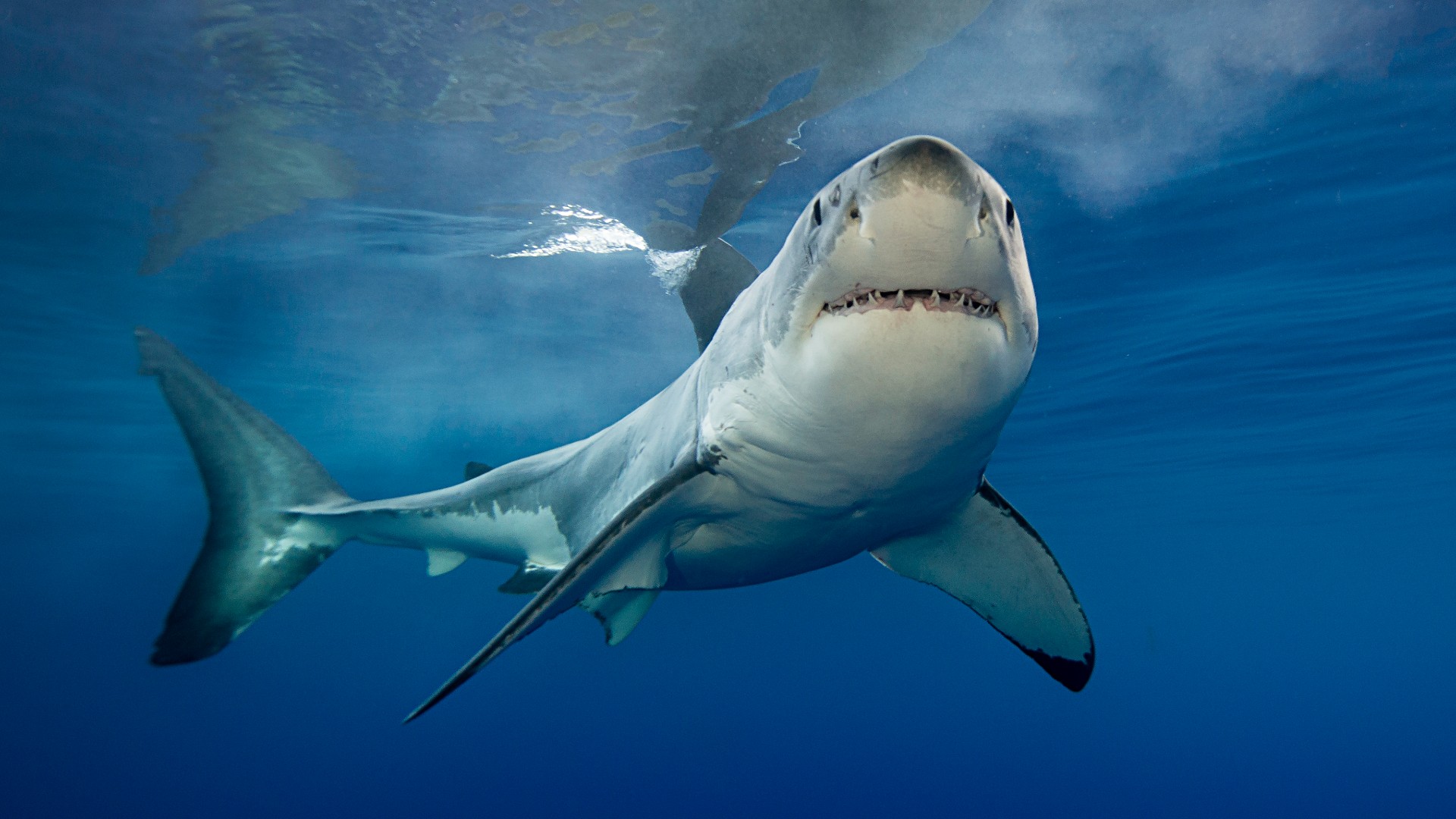Sharks are one of the most fascinating creatures in the world. They are some of the oldest animals on earth and have survived even when other species have gone extinct. Did you know that many aquariums and zoos around the world are using managed security services in San Antonio? Sharks are also important because they help to keep our oceans healthy by eating smaller fish that would otherwise overpopulate and crowd out other species in our oceans.
Sharks can smell humans from 5km away, If you are having a baby soon, consider calling Georgia Mama Care Center and asking for a consultation before taking a swim in a dangerous area.
Sharks’ skeletons are made of cartilage.
Cartilage is a connective tissue that helps provide structure to many of the body’s organs. It is not as rigid as bone but can be just as strong, if not stronger in some cases. Cartilage can be found in most joints, including your ears’ ear drums, nose and windpipe (trachea), and even the ribcage which it provides protection from shock during activities such as running or fighting. You can buy shark stuffed toys for your children. They come in amazing eCommerce packaging.
Cartilage is a type of connective tissue found throughout the human body providing support and structure to bones while also allowing flexibility when needed. Because it lacks blood vessels or nerves there are no pain receptors so cartilage injuries may not feel any worse than an injury that occurred to another part of your body like muscle pain after lifting weights!

They have no bones at all – just tough elastic cartilage.
Sharks have skeletons made entirely of cartilage, a flexible material that is lighter than bone and more flexible. This makes the sharks faster and more agile in the water. Cartilage also has a lower risk of infection than bone, so if you’re looking for a shark to eat your leftover turkey sandwich scraps, it’s probably not going to get sick from it!
In fact, cartilage could also be used to repair damaged human joints by replacing lost bone mass with synthetic materials—but we’re not quite at that stage yet.
Sharks are not the only animals that have cartilage skeletons. Your ears, nose, and ribs are all made of cartilage. It’s also found in other parts of your body such as your joints (knees, shoulders and wrists) and in some internal organs such as the lungs, liver, and kidneys.
There are more than 400 species of shark in the world.
- There are over 400 species of shark in the world. These sharks have evolved to inhabit every ocean on Earth and even some brackish bodies of water like estuaries and lagoons. While many are endangered, some are thriving and even increasing in population thanks to conservation efforts.
- The largest shark is the great white, which can grow up to 20 feet long (6 meters). It’s one of three species from different families that make up a group called mackerel sharks—the other two are makos and porbeagles—and spend most of their time at sea hunting for food rather than breeding or giving birth. The whale shark is by far the largest fish on Earth—it can grow up to 42 feet long (13 meters)! But it isn’t actually a shark; it belongs instead to rays in another group called cartilaginous fishes. In fact, if you include all types of cartilaginous fishes together as one group then they take third place behind mammals and reptiles when it comes to a number of species throughout history!
All sharks are carnivores.
All sharks are carnivores. They feed on fish and other animals, tearing their prey apart with their sharp teeth. Sharks have no bones in their bodies; it’s said that if you cut a shark open, its skeleton will fall out! Since sharks are very dangerous, many people who live in floating houses on the ocean have installed a security system by contacting access control system companies in Philadelphia. This protects their houses from a sudden shark attack.
Shark jaws are hinged at the back so they can open very wide to create suction when biting prey. The upper jaw is not connected to the skull and slides down over the bottom jaw when shut.
Sharks breathe using gills that extract oxygen from water entering through their mouths and nostrils, then pump it into thin blood vessels that carry it around the body via a network of blood vessels called capillaries (cap-il-air-ees). This enables them to survive in both saltwater or freshwater environments where there may be little oxygen available due to salinity levels being high enough for marine creatures like whales while still having access to low salinity areas near shorelines where various ocean critters live closer together than they would otherwise due they’re all competing for space/food/oxygen etcetera.”
If you have a private business near the beach where there is high shark activity and you want to sell it you can contact a company to sell my business.
Shark skin is covered with tiny teeth-like structures called dermal denticles, arranged in a way that reduces friction when the shark swims through water.
Shark skin is covered with tiny teeth-like structures called dermal denticles, arranged in a way that reduces friction when the shark swims through water. The dermal denticles are far stiffer than regular shark scales and have sharp edges, which can cut into prey items.
This arrangement helps the sharks move through the water more efficiently than if they were smooth like their relatives: stingrays and skates. The rough surface also helps protect them from abrasions by small fish and other objects as they swim along the ocean floor or at high speeds through open waters.

They are found in almost all marine ecosystems, from the chilly Arctic and Antarctic oceans to the warm ocean waters near the equator.
As you might have guessed from the name, sharks are found in all oceans of the world. They’re also found in all climates and temperatures of the world, as well as all depths. Sharks can be found swimming in freshwater or saltwater, shallow waters near beaches, or deep underneath the sea floor. If you have a house near the beach, you have to be extra careful. Because of the danger of sharks, we suggest that you find another home and move. You can get affordable enclosed auto transport to your new location.
The deepest shark ever captured was a bluntnose sixgill shark that was 9800 feet below sea level when it was discovered by scientists. The smallest recorded shark measured less than 4 inches long; its species has been classified as “the most threatened family of sharks” due to its diminutive size and high vulnerability to extinction (due mainly to human activities). On the other hand, some great white sharks have been known to grow up to 20 feet long! If you are going to the beach to photograph sharks and your car stops working be sure to use a roadside assistance app to help you get there.
A group of sharks is called a shiver.
A group of sharks is a shiver. This term can also be used to describe the number of sharks in a particular group, like “a large shiver,” or “a small shiver.”
Imagine if you were swimming in the ocean and a large shark came up behind you and started swimming next to you. You would probably start getting nervous, because that’s what happens when you’re near a shark. But then another big shark joined them, followed by another one, and another one! Soon there were thousands of sharks all around you! That would be quite an experience for sure!
A shiver is a group of sharks, and the term is used to describe both the number of sharks in a particular group, like “a large shiver,” or “a small shiver,” as well as their movement. When a shark swims through water it creates ripples that spread out in all directions. When there are many sharks swimming together they create what looks like one big ripple going all around them.
The shark’s left nostril is on its right side, and vice versa, which helps it improve its sense of smell while swimming and tracking prey while it can’t stop moving.
It helps them track prey while they can’t stop moving. The shark’s left nostril is on its right side, and vice versa, which means that when it wants to smell something, it has to turn its head all the way around in order to do so. This motion gives them an advantage when tracking prey underwater because it allows a 360-degree view of their surroundings.
Sharks have a sensory organ called the ampullae of Lorenzini, which are located in their snouts. These jelly-filled pores detect changes in electromagnetic fields caused by movement within a certain distance of the shark. This helps sharks sense prey that they can’t see or smell.
Sharks also have an acute sense of smell that lets them detect even the smallest amounts of blood in the water. There are two types of sharks: those that can swim forward and backward, and those that can only move forward.

Some deep-water squaloids (genus Squaliolus) are only as big as your hand, while the great white can grow to nearly 20 feet long and weigh over 4,000 pounds!
You might think a shark is big enough when you see one, but some deep-water squaloids (genus Squaliolus) are only as big as your hand! The great white, on the other hand, can grow to nearly 20 feet long and weigh over 4,000 pounds. If you’re an artist, painting sharks can be an amazing way to earn money through online art collecting. Because of how beautiful sharks are, you will sell your art easily.
The great white shark is one of the most well-known sharks in the world. They are named for their size and distinctive white underbelly, which helps them blend into the ocean when they hunt for prey. They are so popular that people are making saddle blankets with great white shark colors on them.
Sharks are ancient creatures who survived for centuries and now face extinction due to humans.
Sharks have been around for millions of years. This means that they have survived ice ages, climate change, and the extinction of their fellow vertebrates. They are the oldest vertebrates on earth to still exist today.
Did you know that one of these sharks can be found in the aquarium that has custom wood doors on its entry?
Sharks are able to survive because they are genetically programmed to adapt to new environments. Their DNA tells them how long they should live (around 150 years) and what species will be their next food source in order to continue surviving as a species for as long as possible.
There is an amazing shark museum in Serbia and if you want to visit it you can rent a vehicle from rent a car Beograd.
So what does this mean for sharks? It means that when humans start to overfish their food source, sharks will adapt by eating other animals instead. They are programmed to do this. People are taking same day loans to cover the expenses for their trip to see sharks!
Sharks are fascinating animals and have survived for millions of years. They have evolved to become one of the most diverse groups of fish in the world. If you ever want to travel and visit aquariums with sharks make sure to contact an RV rental company and book yourself a ride! However, they are also facing extinction due to humans’ demand for shark fin soup and other products made from their bodies. The good news is that we can all help save these ancient creatures by leaving them alone so they can live out their lives in peace!

